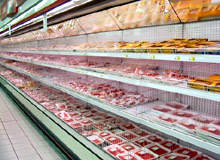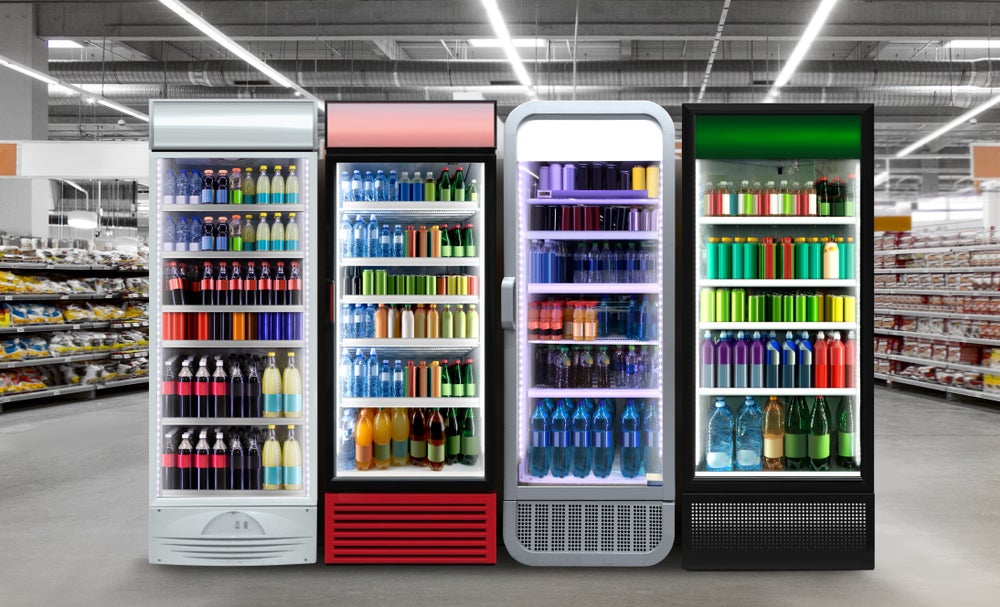
Enjoying a net worth of about $5.7tn in 2008 – and tipped to exceed $7tn by 2014 – the global food and beverage industry is a major player on the world stage. So it was no surprise that the sector waited on tenterhooks for last year’s COP15 Summit, which with it could have brought a range of sweeping commitments and legislation that could have affected how the food industry is poised alongside the rest of the world.
Had that anticipated legally-binding accord emerged, 2010 would have seen the industry getting to grips with an agreed international framework, along with the necessary market mechanisms to back it up. Despite inevitable misgivings over some of the details, the industry did agree that COP15, if passed, could ultimately prove beneficial to the sector, rewarding compliance, penalising non-compliance and encouraging the development of sustainable technologies. However, at the last minute – Obama-sponsored deal aside – Copenhagen failed to deliver.
While the conference drew widespread criticism, from a food industry perspective at least, it was perhaps not entirely the ‘abject failure’ that Nnimmo Bassey, chair of Friends of the Earth International, described – for one important reason. It allowed the sector to focus on its potential.
Facing the food challenge
The industry has been quick to grasp the challenges and opportunities that contemporary environmental concerns represent, and moves towards impact mitigation are nothing new.
See Also:
Back in October 2007, for instance, the UK’s Food and Drink Federation (FDF) launched an ambitious five-fold plan to cut the industry’s carbon footprint, packaging, waste and water demand.
How well do you really know your competitors?
Access the most comprehensive Company Profiles on the market, powered by GlobalData. Save hours of research. Gain competitive edge.

Thank you!
Your download email will arrive shortly
Not ready to buy yet? Download a free sample
We are confident about the unique quality of our Company Profiles. However, we want you to make the most beneficial decision for your business, so we offer a free sample that you can download by submitting the below form
By GlobalDataFDF members have made significant strides in all of these goals in intervening years – slashing CO2 emissions alone by a reported 19% – and similar initiatives are underway in other countries around the world.
A 2009 report from the Australian Food and Grocery Council, for example, highlighted national commitments to improving sustainability, as an increasingly carbon and water constrained world gears up to meet the estimated 70% hike in food production needed by 2050.
The biggest challenge for the industry going forward is not simply being able to grow enough to feed an ever-increasing number of hungry mouths; it is doing so in a way that does not threaten the natural cycles and resources that underpin the basis of the food chain itself. Unsurprisingly, the issue of food sustainability, in terms of both avoiding environmental degradation and ensuring adequate security of supply, has been steadily rising up the agenda.
The nature of the industry means that sustainability issues lie deeply interwoven throughout the whole supply chain, from primary production and manufacturing, through packaging and distribution, to retailing and final consumption. Parameters of energy efficiency, water use, raw material selection, wastage and packaging all impact on any food and drink operation’s overall environmental performance, so it can never really be just about carbon. The sector has consequently adopted some markedly proactive thinking in attempting to address sustainable production.
Energy and water efficiency
Energy consumption forms the inevitable main focus of many environmental policies, the carbon-footprint image being easily conceptualised and readily communicable to the various stakeholders involved. In common with many industries, improving fuel efficiency brings obvious commercial benefits alongside reduced emissions, which make more than adequate potential drivers for the uptake of low energy equipment or processes. Unlike many other sectors, however, food production is heavily front-end loaded, with the primary phase – growing the raw materials – accounting for 80% or more of total emissions.
For animal products, this may rise to 95%, something the US Dairy industry’s recent commitment to a 25% cut by 2020 – one of the few positive outcomes from Copenhagen’s ill-starred summit – sets out to address. Achieving it involves promoting anaerobic digestion technology amongst dairy farmers themselves, enabling cattle slurries to be converted into biogas and burnt to drive electrical generators. The potential of on-site co-generation can also bring benefits elsewhere along the supply chain. Food processors, for example, are well placed to retro-fit waste heat recovery systems to existing heaters or dryers and opportunities to cut both carbon and costs exist for other businesses too.
Water is, self-evidently, another essential component of sustainability. Globally, agricultural usage accounts for some 70% of all fresh water consumption – leaving Christoph Tamandl’s assertion as Environmental Affairs director at the EU Confederation of the Food and Drinks Industries that it "is a key issue for the food sector" bordering on under-statement. With changing weather patterns raising the paradoxical joint spectre of drought and flooding, and the competition for water resources growing increasingly intense, there is little surprise that the industry is actively taking steps to reduce consumption by adopting good practice and embracing new technologies.
The road and the miles
An extension of this thinking has also helped to change the dynamic of local produce. Over recent years the concept of ‘food miles’ has become firmly established in the public mind, and though it is partially flawed in that it does not encapsulate the full intricacies of global food transportation, it has proven valuable shorthand for the problem.
In the UK alone, according to the UK Department of the Environment Food and Rural Affairs (DEFRA), transporting food contributes some 25% of all heavy goods movements by road – amounting to an annual total of some 20 billion miles. The picture elsewhere is similar, but it is not only concerns over rising fuel costs and emissions that are driving the rise of ‘buying local’. A recent study from grocery analysts IGD revealed that more than a third of those interviewed anticipated buying more local produce in the coming years – but not at any cost. In the post-recession shopping basket, value for money will remain a high priority and as Downies fish processing factory manager, Alan Stewart, points out, consumers are getting increasingly wise to retailers who only play lip-service to local sourcing.
Waste and packaging
The sector’s extended supply chain makes waste a significant factor too, encompassing everything from production residues through to issues of post-consumer disposal and recycling.
The packaging industry in particular has come under pressure in this respect, often finding itself somewhat unfairly demonised in the process. There is undoubtedly scope for improvement but despite what some extreme eco-evangelists may choose to believe, a simplistic outright ban is not the route to sustainability. As Europen (the European Organisation for Packaging and the Environment) pointed out in its 2009 report, a Europe devoid of packaging would flounder beneath a 15-fold rise in food-related wastes. A comprehensive re-evaluation of the whole question across the entire sector seems a more productive approach, while continuing to build on the many successes that have already been made – matters which are already well in hand.
Copenhagen may not have provided the gleaming beacon to light the way ahead that many had hoped for and – in the words of FDF director of sustainability, Andrew Kuyk – this "will inevitably add to the uncertainties for all businesses in what are still very difficult economic and competitive circumstances." Fortunately, however, the industry seems to lack neither the focus nor the determination to capitalise on the opportunities for itself.




